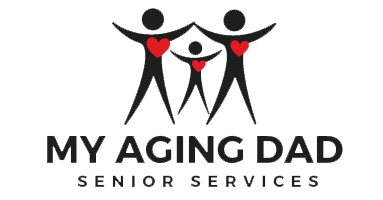Aquatic therapy, also known as aquatic exercise, is a highly adaptable form of therapy that offers numerous benefits for older adults, particularly in preventing falls. Whether you're a healthcare professional or a world-class athlete, the buoyancy and resistance of the water makes aquatic therapy an effective means of rehabilitation and performance enhancement.
Benefits of Aquatic Therapy
Aquatic therapy is suitable for individuals of all fitness levels, even non-swimmers. Beginners can start by walking in the pool while holding onto the side or using a pool noodle for support. Progression can be achieved by letting go of the side and incorporating a flotation belt, which adds resistance and maintains proper form. In addition to walking and running, practicing movements like stepping or climbing stairs in the water can help build confidence and familiarize oneself with these activities, reducing the risk of potential falls on land.
Relieving Pressure and Building Strength
Floating on your back in the water is not only relaxing but also relieves pressure on the spine by eliminating the force of gravity. This can be done using a pool noodle or by holding onto pool
barbells for support.
Recommended Equipment
- Sprint Aqua Fitness Pool Step - Large (Brand: Sprint Aquatics)
- Speedo Unisex Swim Aqua Fitness Jog Belt
- Aquatic Hand Bar Dumbbell Weight, Padded Grip for Pool Aerobics, Therapy, Fitness, Workouts (Visit the THERABAND Store)
- Lot of 4 Pool Noodles Floating Swimming Fun 48" Multipurpose Foam Craft Cylinder
Aquatic Therapy - A Powerful Tool for Improving Balance in Elderly People
As an
occupational therapist with firsthand experience, I have witnessed the incredible benefits that aquatic therapy can offer elderly individuals. This form of therapy involves performing exercises and movements in a pool or other aquatic environment, providing a low-impact, high-resistance setting that strengthens the body and improves balance without straining the joints or muscles.
Aquatic therapy is particularly valuable for older adults, who are more susceptible to falls and balance-related injuries. In addition to enhancing balance, this therapy offers a wide range of benefits, including pain relief, increased flexibility, and improved strength.
If you or a loved one is interested in exploring the benefits of aquatic therapy, we encourage you to contact us. Our experienced occupational therapists can develop a customized treatment plan that caters to your unique needs and goals. With our guidance and support, you can enjoy the transformative effects of aquatic therapy and enhance your overall quality of life.
Remember, it's important to consult with a healthcare professional before starting any new exercise program, including aquatic therapy, to ensure it is suitable for your individual circumstances.
Contact Us Today
Discover the remarkable benefits of aquatic therapy by visiting our distinguished facility located in the heart of Portland, Maine. Our personalized attention, premium products, and discreet ambiance have established us as the premier destination for those seeking a transformative experience in the world of aquatics. Take advantage of our convenient online ordering system to pre-order your aquatic therapy products and enjoy a seamless and timely experience, allowing you to fully embrace the luxurious journey of aquatic therapy.


